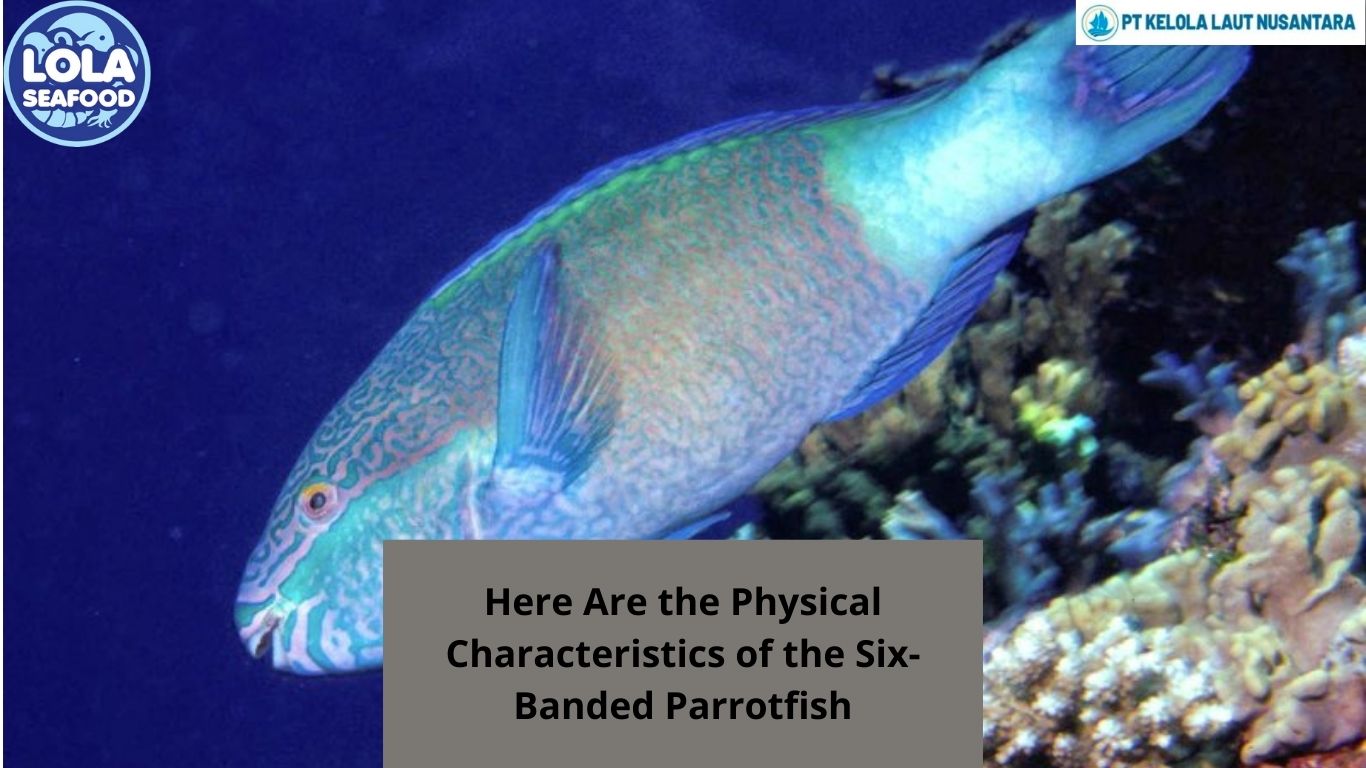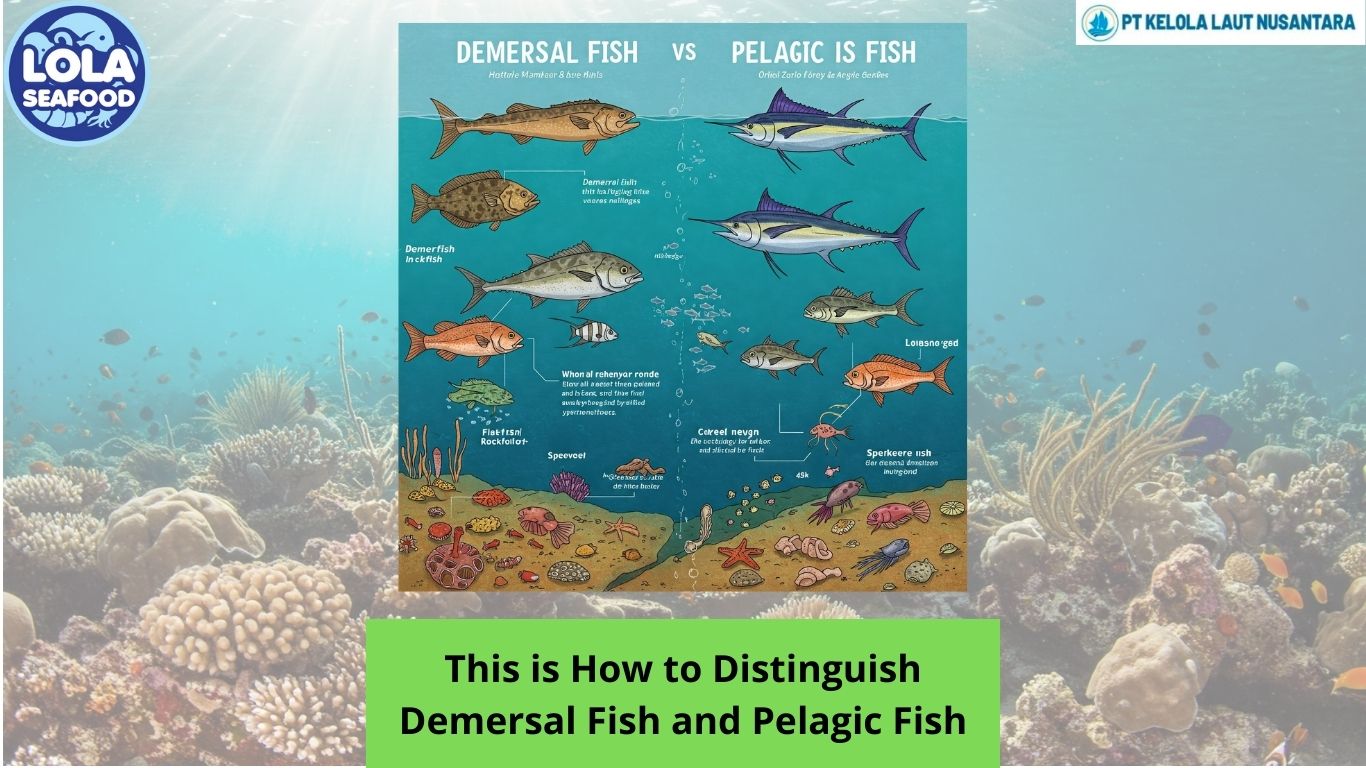Here Are the Physical Characteristics of the Six-Banded Parrotfish
By. Ely Kusniawati - 10 Feb 2025
Kelolalaut.com The six-banded parrotfish (Scarus frenatus) is a strikingly colourful marine species belonging to the Scaridae family. Found primarily in tropical coral reefs of the Indo-Pacific region, this parrotfish is named for the distinct bands that appear on its body, particularly during certain life stages. Like other parrotfish, S. frenatus plays a vital role in the ecosystem by grazing on algae and contributing to the health of coral reefs. This article explores its unique physical features, including coloration, body structure, and sexual dimorphism.
Size and Shape
The six-banded parrotfish is a medium-sized species that typically reaches lengths of 30–45 cm (12–18 inches), though some individuals can grow up to 47 cm (19 inches). It has a streamlined, elongated body with a slightly compressed shape, which helps it manoeuvre efficiently through coral structures. Like other parrotfish, it possesses a beak-like dental structure, formed by tightly fused teeth, which is used to scrape algae from coral surfaces.
Coloration and Patterns
One of the most remarkable features of Scarus frenatus is its vibrant coloration, which varies between life stages and sexes. Parrotfish, including this species, undergo a process known as sequential hermaphroditism, where they change sex as they mature. This transformation is accompanied by dramatic shifts in coloration.
- Juvenile Stage: Juvenile six-banded parrotfish are generally duller in colour compared to adults. They display a combination of brown, white, and pale green hues, often with faint banding along the body. This subdued coloration helps them blend into their surroundings, offering camouflage from predators.
- Initial Phase (Females and Non-Dominant Males): In this stage, individuals have a greenish or brownish body with six faint, dark vertical bands running along their flanks, which give the species its name. Some individuals may also display a yellow or reddish tinge along the dorsal fin.
- Terminal Phase (Dominant Males): Males that transition into the terminal phase exhibit a dramatic transformation. They develop bright, iridescent colours, often featuring a mix of electric blue, turquoise, and green shades. Their heads may take on a pink or purple hue, and their caudal fins (tail fins) become more pronounced and vibrant. The six-banded markings become less distinct, replaced by an intricate blend of colours.
Fins and Scales
The six-banded parrotfish have a set of well-developed fins that aid in its movement. Its dorsal fin runs almost the entire length of its back, providing stability, while its pectoral fins are the primary means of propulsion. The caudal fin is slightly lunate (crescent-shaped) in dominant males, which helps with quick directional changes and bursts of speed. Its body is covered in large, cycloid scales, which provide protection against predators and abrasions from coral structures.
Beak and Feeding Adaptations
A defining characteristic of S. frenatus is its parrot-like beak, formed by the fusion of its teeth. This adaptation allows the fish to scrape algae and detritus from coral surfaces, a crucial behaviour for maintaining reef health. Inside its mouth, additional pharyngeal teeth help grind food into digestible particles.
In conclusion, the six-banded parrotfish is a visually striking species with complex coloration patterns, sexual dimorphism, and specialized feeding adaptations that make it an essential part of coral reef ecosystems.
If you are interested in our Parrotfish Fillet Skinless please do not hesitate to contact us through email and/or whatsapp.

.jpg)
.jpg)
.jpg)




